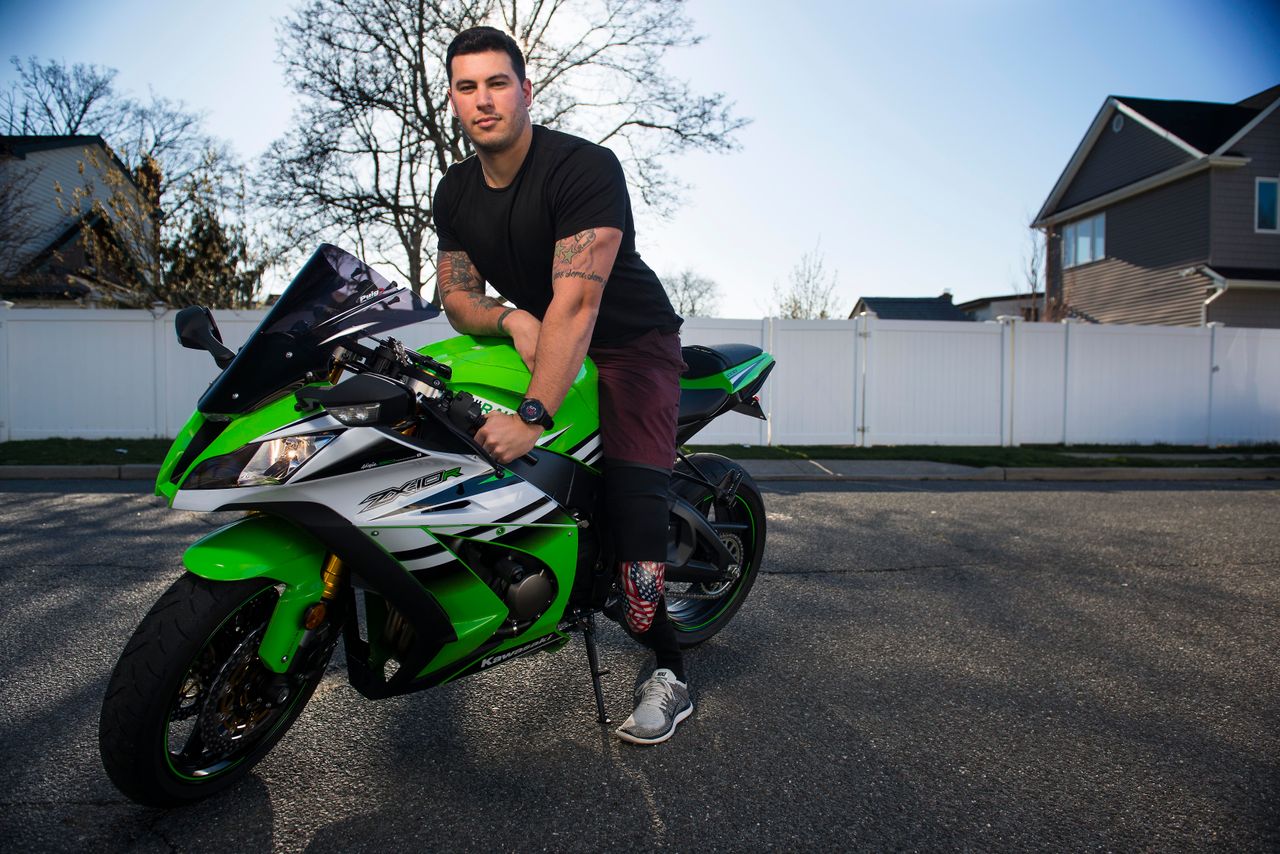Some days he wears the legs with the American flags. There's an American flag sticker on his motorcycle, too, and another on his truck. Plus an American flag patch on his softball uniform, an American flag tattooed on his muscular right arm, and one hanging from the front porch of his house -- where his wife and young daughter are still sleeping inside.
The clock reads 4 a.m. Sitting on the edge of the bed, he slips on polyurethane liners — like big socks or cushions — around his knees, up to his thighs. Then, he fastens on the prosthetic legs and eases his way around the room to make sure they're comfortable.
In the last five years he's done more on these two pieces of hard plastic than most of us will do in a lifetime: learned to walk again, then to run. Then there was the Disney half marathon, the Marine Corps 10k, the Navy 5-miler, the Detroit Marathon, the New York City Marathon.
In October, he made headlines for saving a baby from a car wreck in Queens.
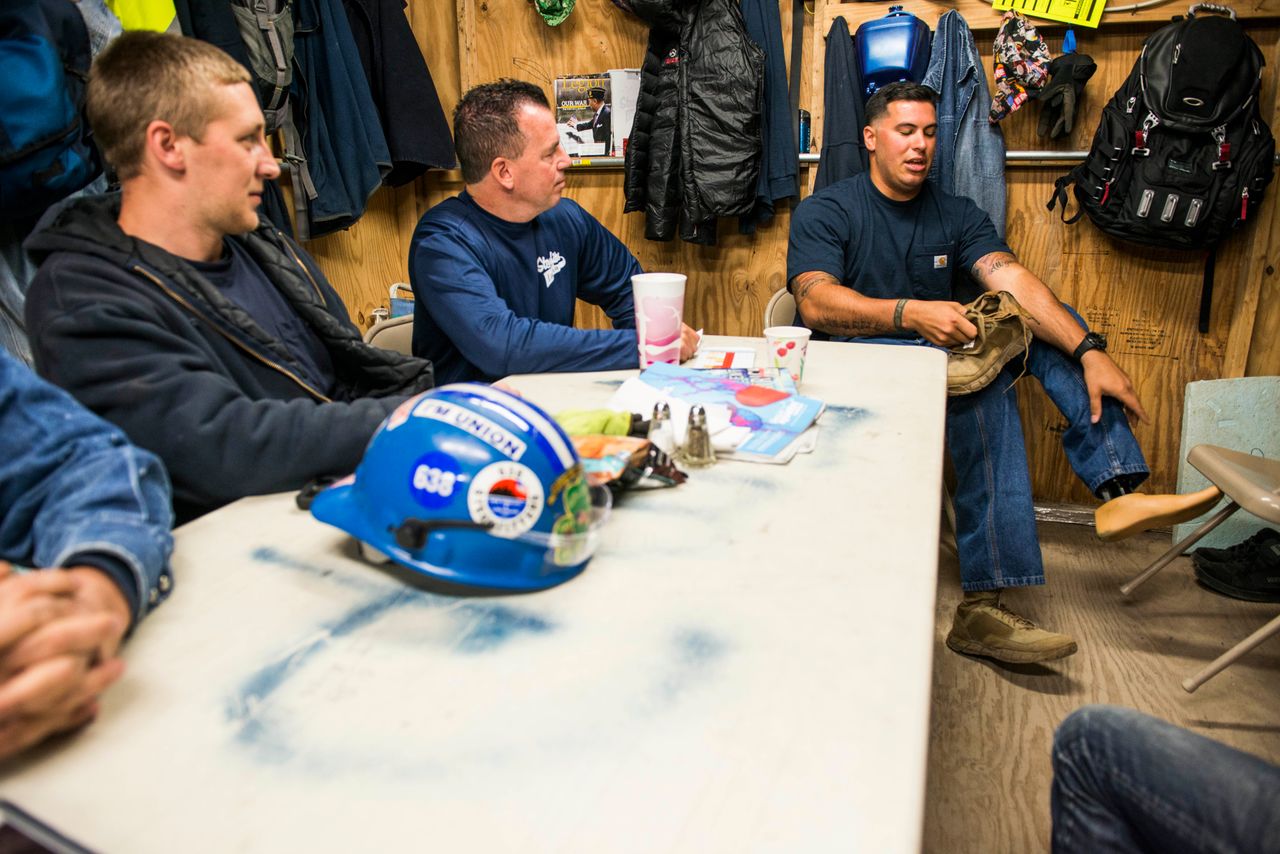
It's a 45-minute commute from his quiet Long Island neighborhood to Manhattan. Some days it's still dark when he walks through the gates of the massive construction site on 131st Street and Broadway. Almost everyone here knows him by now. In a trailer all the guys call the "shanty" -- where there's coffee and donuts -- he slips on boots over the prosthetic feet and puts on a hard hat.
Then it's the elevator down and down to the deep basement level of a giant new medical complex at Columbia University’s Manhattanville campus. There, he puts on a welding visor — adorned, of course, with an American flag sticker. He gets to work.
Matias Ferreira, 26, lost his legs five years ago as a Marine in Afghanistan. Now, thanks to a program called Helmets to Hardhats, he is a proud apprentice with the Steamfitters Local 638, whose 8,200 members fit pipes all over New York City and Long Island.
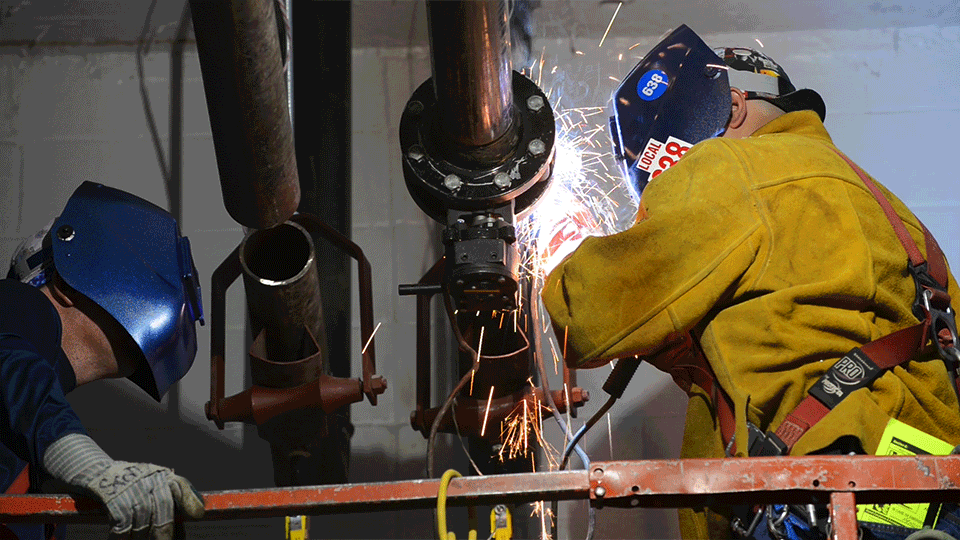
"I wanted to give back."
Ferreira was born in Uruguay. He and and his family immigrated to the U.S. when he was 6 and lived here with green cards. At 19, like so many immigrants, he joined the Marines.
"I wanted to give back," he told The Huffington Post. "As an immigrant, this country has given so much to my family and myself and so much opportunity."
He took his oath to become an American citizen in September 2010, just a few days before he was deployed to Afghanistan.
On Jan. 21, 2011, Ferreira says he was working as a machine gunner when he and his platoon secured a compound in Helmand Province, Afghanistan. He and two other Marines were told to set up their equipment on the roof of the building.
"We started taking off our gear, but something told me not to take off my kevlar [vest] or anything and I should maintain my sidearm," he recalled.
He told his team to stay put -- he'd get the rest of the equipment.
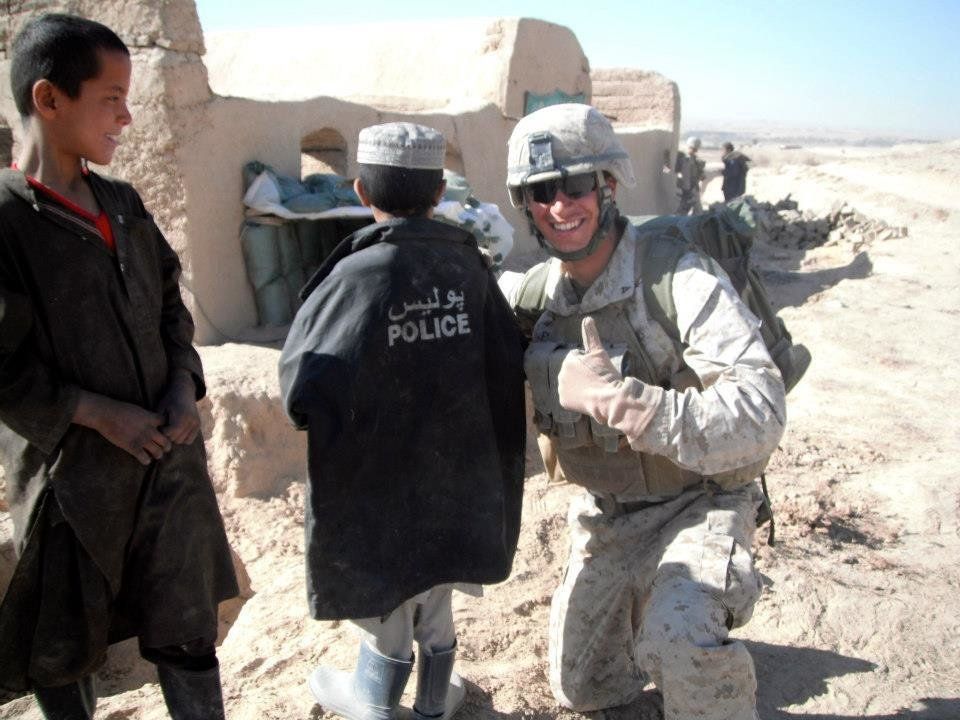
"I jumped off the roof same way I came up and that's when I realized something wasn't right," Ferreira recalled. "I heard almost like this Hollywood-ized pin drop. Then, all of the sudden, I didn’t hear or see anything."
Ferreira had stepped on an IED, or improvised explosive device. When the dust cleared, a fellow Marine was wrapping tourniquets around his legs, giving him morphine and telling him jokes. Everything's going to be fine, the Marine told him. We're going to grab beers when we get back stateside.
"I didn't know the severity of my injury," Ferreira said. "I saw blood on my pants but I didn't know I was missing my legs."
Then they waited for 30 minutes -- which seemed like an "eternity," Ferreira said -- for the medevac helicopter to arrive. His platoon started saying their farewells. "We love you, man," they said. Ferreira says he managed to give them a thumbs up before being lifted onto the helicopter.
“You push yourself because you have to find reasons to keep going.”
Ferreira passed out. He was given an oxygen mask while medics performed a series of blood transfusions. He'd lost a lot of blood. He woke up in the Bagram Airfield hospital and from there was shipped to Germany for a 24-hour emergency surgery. On top of losing his legs, he'd broken his pelvis and femur.
When he arrived at Walter Reed Hospital in Washington, D.C., he was wheelchair-bound for four months until they could fit on the prosthesis. Once he got the prosthesis, he started training -- hard. Just nine months later, he was running a half-marathon at Disney World, in Florida.
"You push yourself because you have to find reasons to keep going," he said.
Ferreira medically retired from the Marines a year after the IED explosion. Then he had to find a new career.
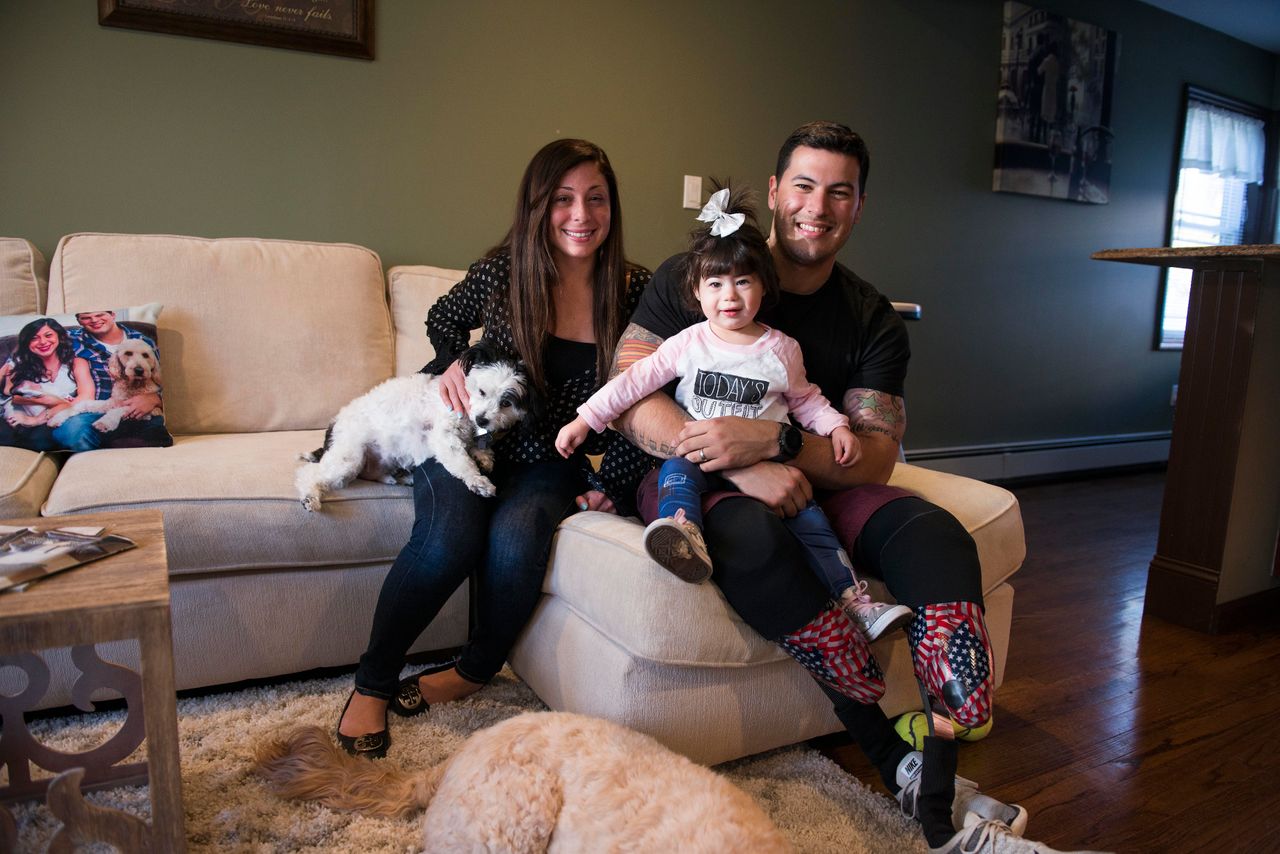
For many soldiers and Marines, returning from wars is a fraught moment. As much training as they receive to be in the military, they don't always get training for life in the civilian world. Their skill sets don't always translate into jobs, and those suffering from injuries or post-traumatic stress disorder are at an immediate disadvantage. (It's partly why there is a disproportionate number of homeless veterans.)
Ferreira started attending school at the University of Central Florida but grew restless.
"I pursued education -- I went for my bachelor's in business management," Ferreira recalled. "With that, though, I went to school every morning, but I didn’t have a purpose. My wife and I recently had had a daughter and as important as education is, I didn’t have any career or anything guaranteed for the near future. It was nice and all to go to school but as a husband and father, I needed to make sure I provide for my family."
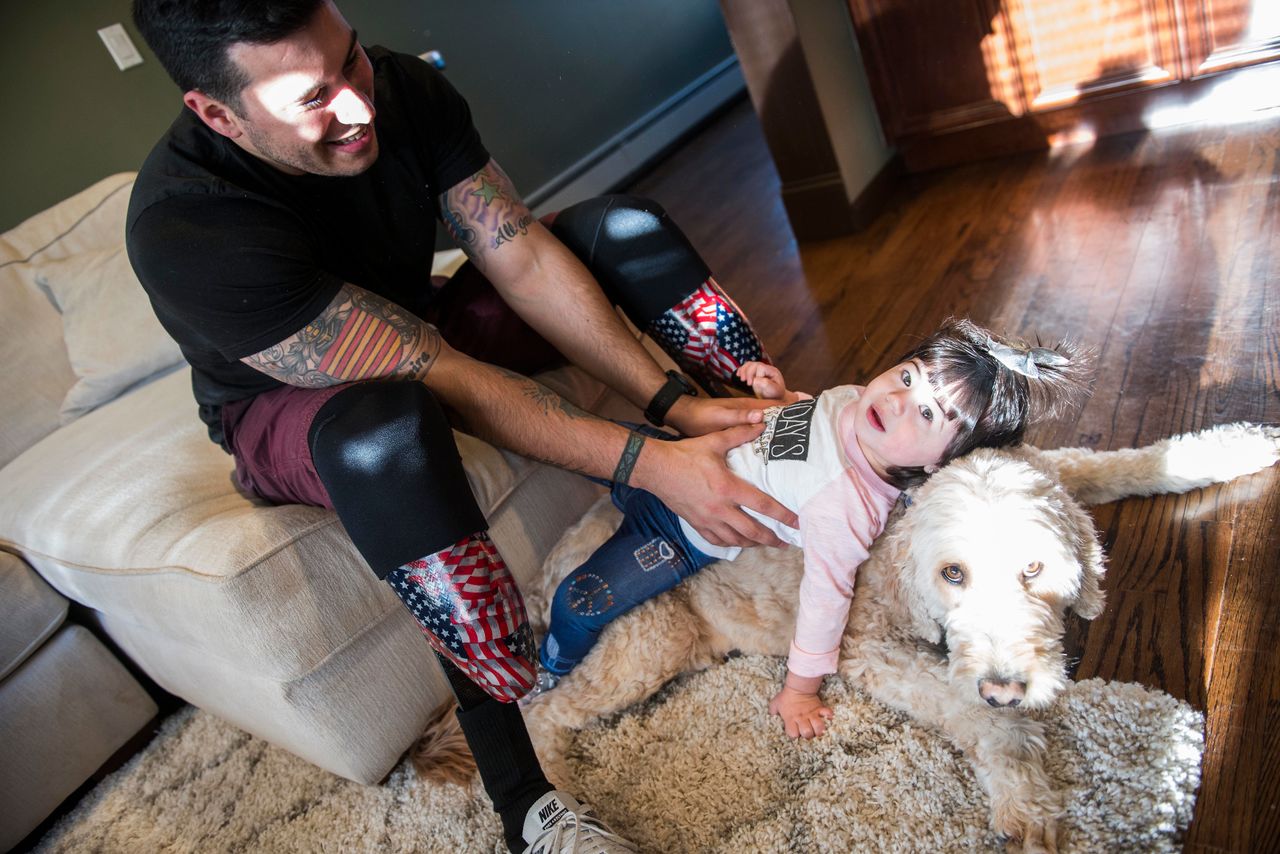
That's when a friend told him about about Helmets to Hardhats.
Helmets to Hardhats, a nonprofit, says Ferreira is among some 20,000 American veterans it's connected with good-paying, often unionized jobs in the construction industry. No prior experience is needed, and the veterans enter earn-while-you-learn apprenticeship training programs that last three to five years. After the apprenticeship is over, they have a career.
“Helmets to Hardhats has given our union some of its best and most productive workers, able to harness their significant military training,” Richard Roberts, the Steamfitters' business agent at large, said in a statement. “We believe that America has a duty to give back to those who served, so veterans are not stuck in dead-end hourly jobs without any career pathway or hope of achieving the American Dream of homeownership, sending our kids to college and being able to retire with dignity when we are too old to continue working.”

"You know the union's going to take care of you."
It's programs like Helmets to Hardhats that have also contributed to the steadily declining unemployment rate among military veterans. According to data released in December from the Bureau of Labor Statistics, 3.9 percent of the country's 20 million veterans were unemployed in October -- the lowest rate in seven years.
The unemployment for post-9/11 veterans like Ferreira also dropped dramatically to 4.6 percent last year, from 7.2 percent in 2014. That's the lowest level since the BLS began tracking that particular group in 2008.
"This steamfitter union, Local 638, has pretty much set me up for success," Ferreira said. "The health benefits are imperative. Although I’m covered by military health insurance, it’s not that good. Getting covered through the steamfitter local is -- it’s unbelievable. I can take care of my family and not have to worry about getting a $5,000 bill because my daughter went to the hospital to get checked out."
"Also, it sets you up for different retirement plans," he continued. "You know the union’s gonna take care of you."
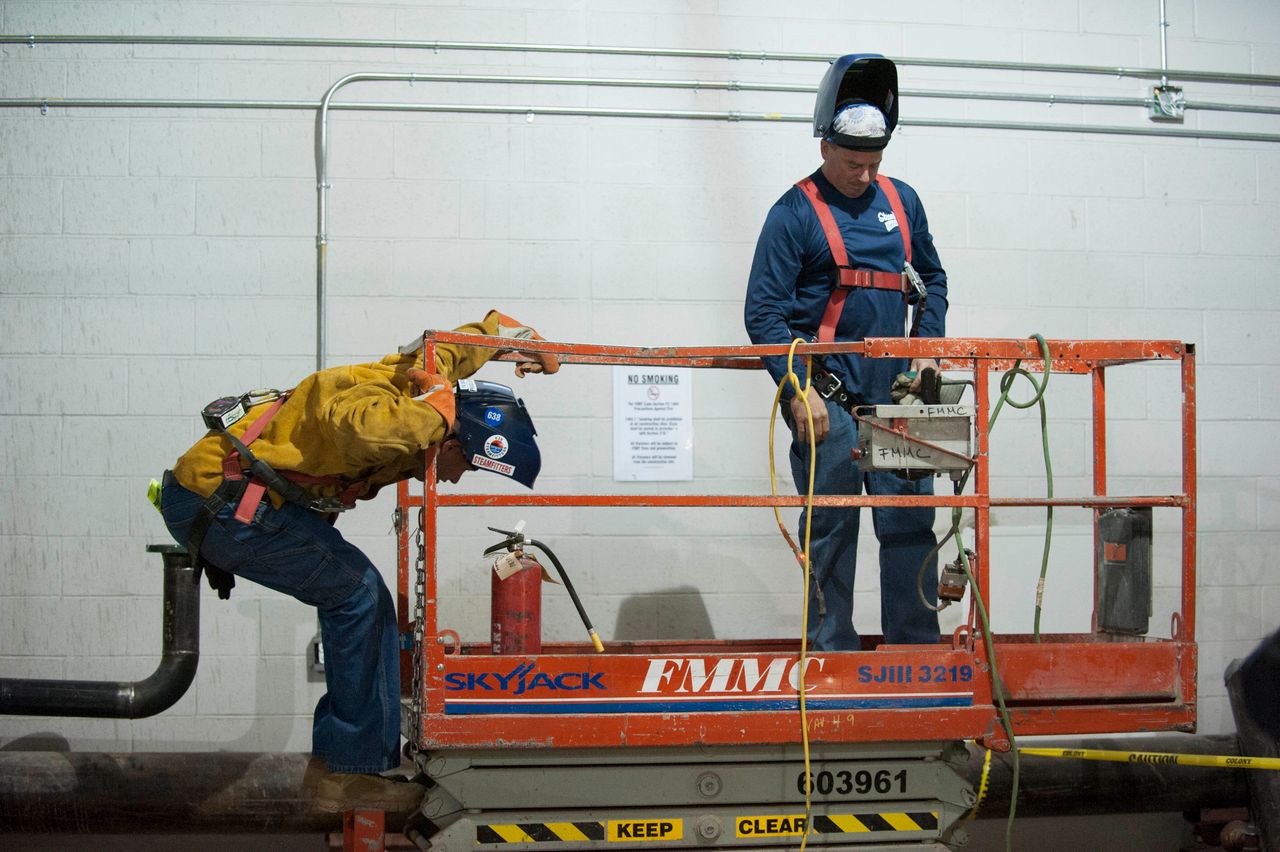
And there's the work itself. For Ferreira, there are similarities he enjoys between being in the steamfitters union and being in the military. There's a clear chain of command, Ferreira said, and a real camaraderie among steamfitters.
Plus, there's a lot at stake. The work is delicate, sometimes dangerous. Steamfitters like to say they build and maintain the hearts, arteries, and lungs of New York City: the high-pressure gas, steam and water pipes, fire sprinklers, and HVAC systems of big buildings. If a pipe is fitted incorrectly, or if something isn't welded the way it should be, there can be explosions or other accidents, and people can get hurt.
Ferreira's post-Afghanistan life has been molded by programs for veterans. Another nonprofit, Home For Our Troops, is building him and his family a house in a Long Island town near Merrick, where they currently live.
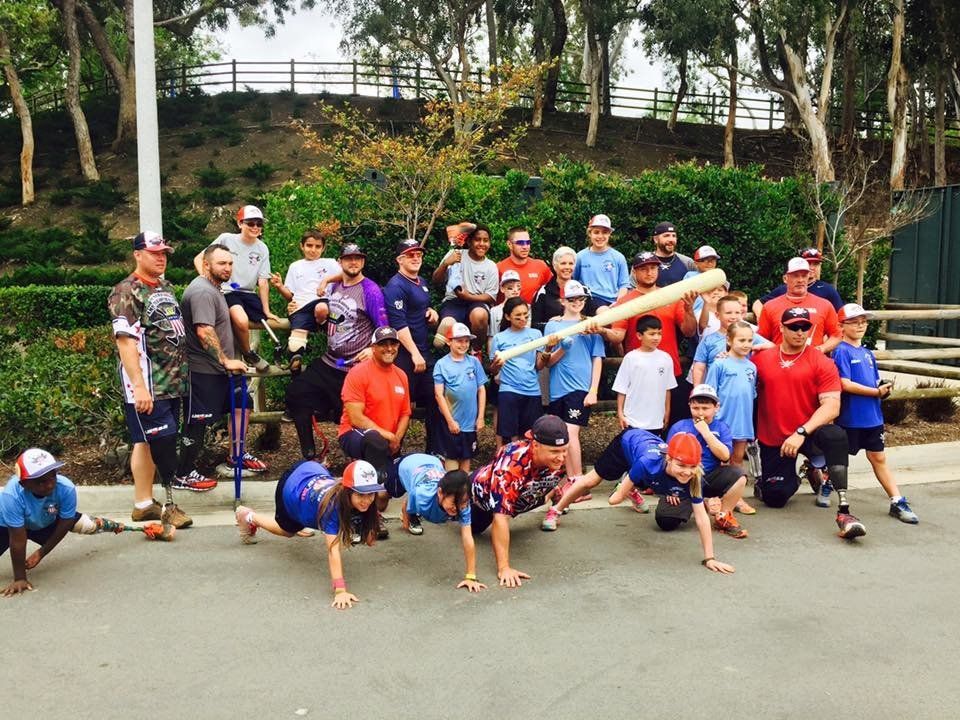
He plays for the Wounded Warrior Amputee Softball Team -- made up entirely of veterans who have lost limbs -- which travels the country playing able-bodied teams and raising funds for military amputees, amputee children and medical research. (It was at a softball game in New York, incidentally, where he met his wife, Tiffany.)
Ferreira said this kind of support system and the help of his family has helped him get by. It's also afforded him a sense of humor.
Sometimes when he's riding the train with shorts on, he said, young children will stare at his prosthetic legs and ask what happened. "It's what happens when you don't eat your vegetables," he usually replies.
He doesn't regret joining the Marines. If he could do it all over again, he would.
"9/11 was my reason for joining the service and now I'm working in this city building these buildings," he said.
He said being a steamfitter in New York is more than just going to work every morning.
"It's an honor."
